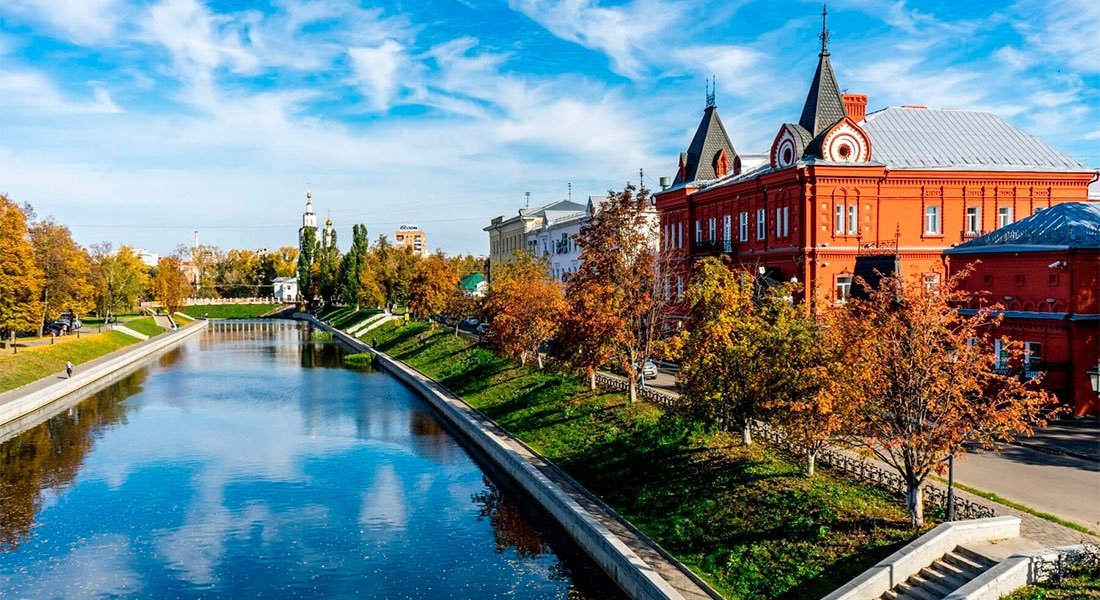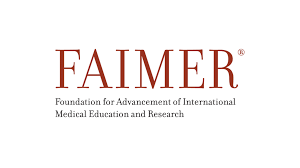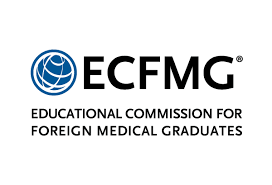
Historical Roots
The inception of the idea for a higher educational institution in Orel dates back to the era of the First World War. During January-March 1917, a “commission for the establishment of a people’s university – a polytechnic” was formed, inspired by the Ministry of Industry and Trade’s 1916 initiative. A report submitted in September 1918 recommended the creation of a university in Orel with classical faculties.
Oryol Proletarian University
The events of 1917 and the subsequent authorities led to the establishment of the Oryol Proletarian University named after V.I. Lenin in 1918, operating until 1920.
Orel or Oryol State University Emerges
The concept of a comprehensive state university in Orel materialized in 1919 with the creation of the Oryol State University on June 23, 1919.
Reorganization and Changes
In March 1920, the Oryol Provincial Committee for Education reorganized the Oryol Proletarian University, establishing the Oryol State University based on it. Despite challenges, including closure in 1922, the university’s development continued.
The Great Patriotic War
During the Great Patriotic War, OGPI faced challenges, leading to its evacuation to Birsk and later its return to Orel in 1944.
Post-War Developments
In 1945, the first post-war collection of “Scientific Notes of the Oryol State Pedagogical Institute” was published, marking a significant post-war development.
Ongoing Transformations
In subsequent years, the university underwent various reorganizations, including becoming the Oryol State Polytechnic Institute and then the Oryol State Technical University. In 1994, it obtained the status of a pedagogical university (OGPU) and later transformed into a classical university in 1996.
Recent Renamings
In 2010, the university was renamed Prioksky State University, and in 2016, the Oryol State University named after I.S. Turgenev was created as part of the Basic University initiative.
Academic Structure:
Global Diversity:
Specialized Centers:
Sociocultural Development Initiatives:
Innovative Ecosystem:
Youth Specialized Research Schools: A project aimed at creating a new model of additional training for the younger generation:
International Affiliations and Programs:
Campus Facilities:
Cultural and Sporting Life:
Significant Achievements:
Global Engagement:
Student Success:
Orell State University named after I. S. Turgenev stands as a beacon of academic prowess, innovation, and global collaboration, nurturing the next generation of leaders and innovators.





Geography: The region, located in the southwestern part of the Central Federal District on the Central Russian Upland, spans 24,652 km2. It extends over 150 km from north to south and over 200 km from west to east. Kaluga Oblast borders it to the northwest, Tula Oblast to the north, Lipetsk Oblast to the east, Kursk Oblast to the south, and Bryansk Oblast to the west. Notably, the region boasts 4,800 km2 of black earth soils, constituting three-quarters of the world’s chernozem reserves.
Climate: With a temperate climate (Köppen: Dfb), winters range from moderately cold to an average January temperature of −9 to −11 °C. Summers are warm and humid, with an average July temperature from 19 to 21 °C. Rainfall averages 520 to 630 mm, and snow cover lasts for about 120 days.
Pipelines and Power Transmission: The region plays a vital role in energy infrastructure, hosting the largest oil-trunk pipeline, Druzhba (202 km in area). Oryol serves as a significant hub for pipelines exporting to Belarus, Western Ukraine, and the Baltic states.
Transportation – Automotive: As of 2016, the motorization level in the area was 314 cars per 1000 people, surpassing the national average. Major roads include E105/M2 “Crimea,” R119 Oryol—Tambov, R120 Oryol—Vitebsk, R92 Kaluga—Oryol, E391/A142 Trosna—Kalinovka, and 54A-1 Oryol—Yefremov.
Transportation – Railway: The main railway line is the double track electrified Moscow-Kharkiv-Simferopol line, passing through key locations such as Mtsensk, Oryol, Zmievka, and Glazunovka.





Program Details:
Climate:
Accreditation and Recognition:
Cultural and Religious Context:
Degree Information:
1. MCI Authorization:
2. Qualified Professionals:
3. Modern Facilities:
4. No Donation Requirement:
5. Learning Environment:
6. Research and Development:
7. Affordable Quality Education:
8. Access to Resources:
9. Research Programs:
10. Advanced Degrees:
11. Career Preparedness:
12. English-Medium Instruction:
13. Cost-Effective Campus:
1. World-Class Educational Environment:
2. Laboratories:
3. Extracurricular Engagement:
4. Year-Round Recreation Program:
5. Diverse Recreational Activities:
6. Fully Furnished Hostels:
7. Safety Measures:
8. Internet Connectivity:
OSU has 12 institutes and 13 faculties:
| Year/Semester | Courses |
|---|---|
| 1st Year | |
| Semester 1 | Anatomy |
| Semester 2 | Anatomy & Histology |
| 2nd Year | |
| Semester 3 | Histology, Biochemistry, Anatomy, Physiology |
| Semester 4 | Biochemistry, Microbiology, Physiology |
| 3rd Year | |
| Semester 5 | Pathology, Pharmacology, Microbiology, Pathophysiology |
| Semester 6 | Pathology, Pathophysiology, Pharmacology, Genetics and Principles of Clinical Medicine |
| 4th-6th Year | |
| Semester 7-12 | General Surgery, Primary Care Medicine, Oncology, Psychiatry, Pediatrics, Cardiology, ENT, Neurology, Obstetrics and Gynecology, Internal Medicine, Neurology and Psychiatry, Psychology, Emergency Medicine |
Eligibility criteria for MBBS admission at the University adhere to the guidelines set by the National Medical Commission (NMC) for Indian students. The requirements are outlined below:
Academic Performance:
NEET Qualification:
Age Requirement:
Hostel Accommodation:
Diverse Community Living:
Hostel Management:
Facilities for Academic and Physical Development:
Self-Cooking Facilities:
Well-Furnished Rooms:
Convenient Location:
Step 1: Initial Counseling
Step 2: Submission of Application
Step 3: Payment of Application Fee
Step 4: University Admission
Step 5: payment of 1st year Tuition Fees
Step 6: payment of Visa Processing & Documentation Charges
Step 7: Invitation Letter
Step 8: Visa Application
Step 9: Payment of Consultancy Service Charges
Step 10: Purchase of Air Ticket
Step 11: Document Safety
Step 12: Airport Reception and Briefing
Step 13: Arrival and Enrollment
Documents Required:
To ensure a smooth MBBS admission process Indian students are required to submit the following documents. Please note that all documents must be translated into Russian and duly certified at a consular department of the embassy (This will be taken care by RICH GLOBAL EDU)
Educational Documents:
NEET Exam Related:
Identification and Travel Documents:
Photographs:
Health and Safety Documents:
Ensuring that these documents are properly translated and certified is crucial for a successful application process.
Tution Fees Per Year: 3800 USD
Hostel Fee, Medical Insurance, Visa Extension: 1000 USD
Notably, any one-time charges have been excluded for simplicity and ease of understanding.
*Food/Indian Mess Cost = 100 to 120 USD Per Month
Additional Expenses only in 1st year
| Expense Component | Cost (INR) |
|---|---|
| Application Fees | INR 10,000 |
|
Documentation & Visa Processing Charges This includes:
|
INR 1,00,000 |
| Consultancy Charges | INR 50,000 |
| Air Ticket | INR 30,000 – INR 40,000 |
Countries for MBBS Abroad
Top Universities for MBBS
FAQs
MBBS in Moldova
MBBS in Nepal
MBBS in USA
© 2024 Rich Global Edu